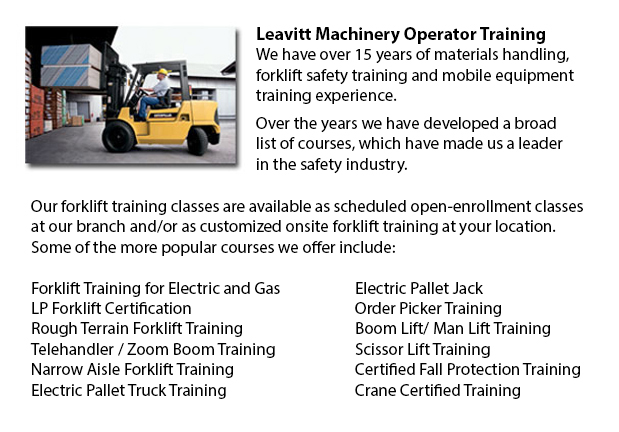
There are actually two different classifications of lift trucks within the material handling industry, the industrial model and the rough terrain model. Rough terrain lift trucks first came on the marketplace in the 1940's and had been primarily utilized on uneven surfaces, ideal for areas where no covered roads were accessible, like building sites and lumberyards.
Rough ground forklifts normally utilize an internal combustion engine with a battery for power. The engines are able to operate on propane, diesel or gasoline. Some makers are experimenting with rough terrain forklifts that utilize vegetable matter and run from ethanol. Substantial pneumatic tires with deep treads typify these lift trucks to permit them to clutch onto the roughest soil type devoid of any misstep or drifting.
A number of of the first versions of rough terrain lift trucks had the ability to lift in excess of 1000 lbs, via forks that could run beneath the item, jack it slightly and shift it to an alternate site. After more than ten years on the market, all terrain lift trucks were enhanced with supplementary carrying muscle, increasing the potential cargo to more than 2000 lbs. Telescoping booms were added in the 1960’s, allowing them to stack materials much higher than in earlier years. The telescoping model feature is a staple of most all terrain forklifts at the moment. Present versions are capable of managing well over 4000 lbs thanks to the continual enhancements over the years. Telescoping capability has also improved with some designs achieving a height of 35 feet. Worker safety has also become a focus with some all terrain lift trucks now designed are fitted with an enclosed cab for the driver, as opposed to the older open air seating capacity.
The all terrain forklifts on the market these days both function skillfully on unpaved roads and paved floors. This style of rough terrain forklift is marketed for its’ usefulness allowing the possibility for establishments to use one unit to transfer resources from an outside working area into a warehouse.
-
Aerial Lifts
Aerial lift trucks are able to accommodate many odd jobs involving high and tricky reaching places. Often utilized to carry out routine preservation in structures with elevated ceilings, trim tree branches, raise heavy shelving units or mend phone li... More -
Reach Trucks
Reach Trucks are mechanized equipment utilized for loading and storage in certain firms that maintain storage of cargo to finished goods on a pallet which are then inserted into lofty shelving units. This loading machine helps corporations safely and... More -
JLG Telehandler
After retiring in the late 1960's, John L. Grove started on a cross country RV voyage. After spending numerous years establishing his family built crane company with his brother, John had no idea that this trip would give birth to the rise of JLG Ind... More -
Crown Forklift
More -
Terex Forklift
Terex Forklifts stands by their mission to provide a dependable and cost effective product line. They take delight in developing equipment that improves their customers’ earnings. Through many divestures and acquisitions intended to expand the produc... More

Forklift Certification Nanaimo
TOLL FREE: 1-888-254-6157
Nanaimo, British Columbia
forkliftcertificationnanaimo.com
Email Us
About Us


